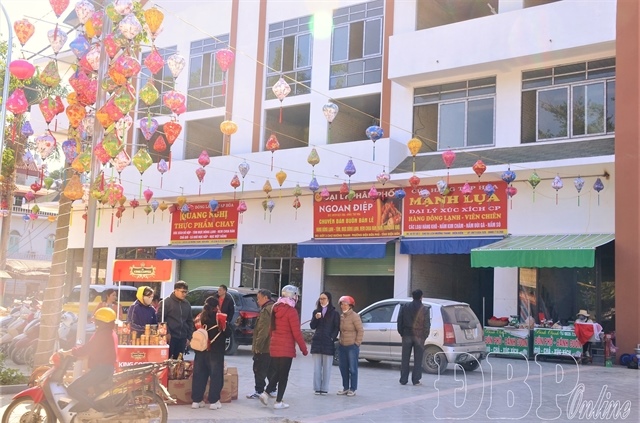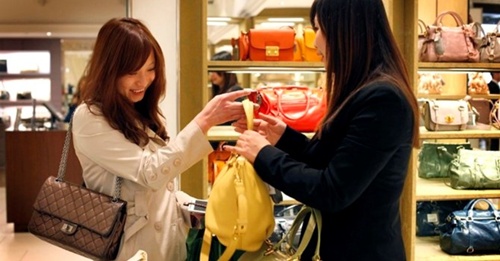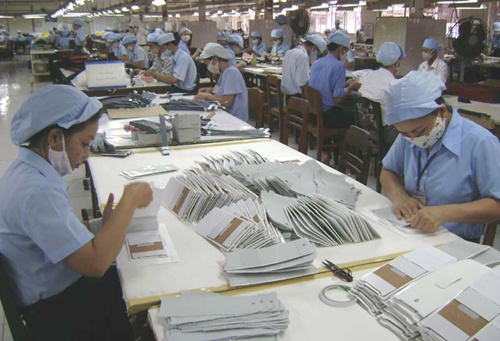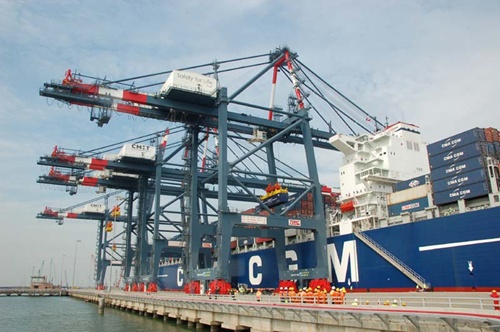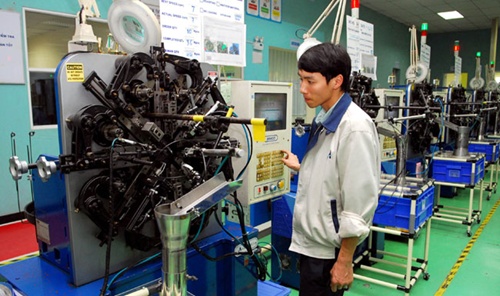Agencies struggle to fight fake goods
Agencies struggle to fight fake goods
The Government agencies of economic crime investigation, inspection, border guard and customs have experienced major challenges in dealing with increasing violations of intellectual property rights (IPR) due to poor detection equipment, inadequate manpower and a lack of co-ordination among forces, according to an Economic Crime Investigation Police Agency official.
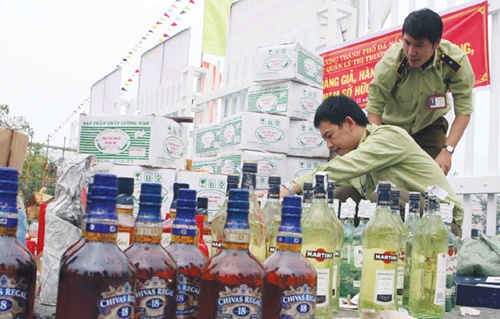
Hoang Van Truc, deputy head of the police agency, said these issues must be tackled by strengthening the effectiveness of IPR enforcement and the role of the press in the central city.
He said the four enforcement agencies each have their own investigation team, but their efforts are unco-ordinated and they handle IPR cases differently.
Truc, head of secretariat of the National Steering Committee on the Prevention and Control of Smuggling, Trade Fraud and Fake Commodities (or Steering Committee 389), emphasised that most goods in Viet Nam can be easily faked.
He said the increasing production and sale of counterfeit goods partly resulted from the habit of selling knock-off versions of famous brands for cheap prices, as well as poor awareness of fake goods.
"It's really alarming. Goods can be produced with fake brands and models, but the poor quality causes a heavy loss to producers and users," Truc said.
"We found 665 cases of IPR violations (fake production and sale) in 2014, of which 120 cases proceeded with 196 arrestees," he said. "In the first six months of this year, 316 violations were discovered with 51 arrestees nationwide."
Truc said one particular identification case surrounding the alleged production of fake fertiliser by Thuan Phong company in Dong Nai Province has been ongoing for six months due to varying definitions on the violation.
He also said businesses have refused to co-operate with agencies investigating IPR violations.
He warned that a check with French specialists revealed that 98 per cent of brandy sold at shops in Lao Bao Border Checkpoint in Quang Tri Province and 99 per cent of cosmetics at shops in Moc Bai Border Checkpoint in Tay Ninh Province were fake goods.
Truc added that international co-operation between Vietnamese investigation agencies and regional countries is lacking.
He said fake goods are often produced abroad and smuggled into Viet Nam, mainly through the Chinese border.
Nguyen Dang Khoa, from Market Watch and Management Agency, said the agency found 13,458 cases of poor-quality and fake products in the first nine months of this year, which accounted for total fines of VND41.2 billion (nearly $2 million). Confiscated goods were worth a total of VND25.8 billion ($1.2 million).
He said fake drugs, fertilizer and cosmetics were the most serious violations.
He said VND500 million ($23,800) is the largest fine the agency can levy per violation.
Le Ngoc Lam, deputy head of the Intellectual Property Rights Agency, said Viet Nam has achieved significant global integration, and thus the protection and examination of IPR violations is essential to ensure the transparency of investment.
Nishiyama Tomohiro, head of the adviser team from Japan International Co-operation Agency (JICA), said the Strengthening Effectiveness of Intellectual Property Rights Enforcement project aims to improve the capacity of manpower in handling IRP cases in Viet Nam.
He said it would help consumers to recognise fake goods and boycott contraband goods, as well. He stressed that both agencies and citizens must join hands to tackle the issue of IRP violations.



